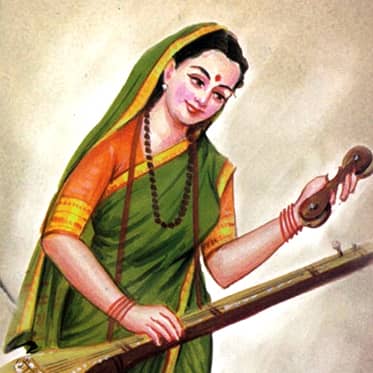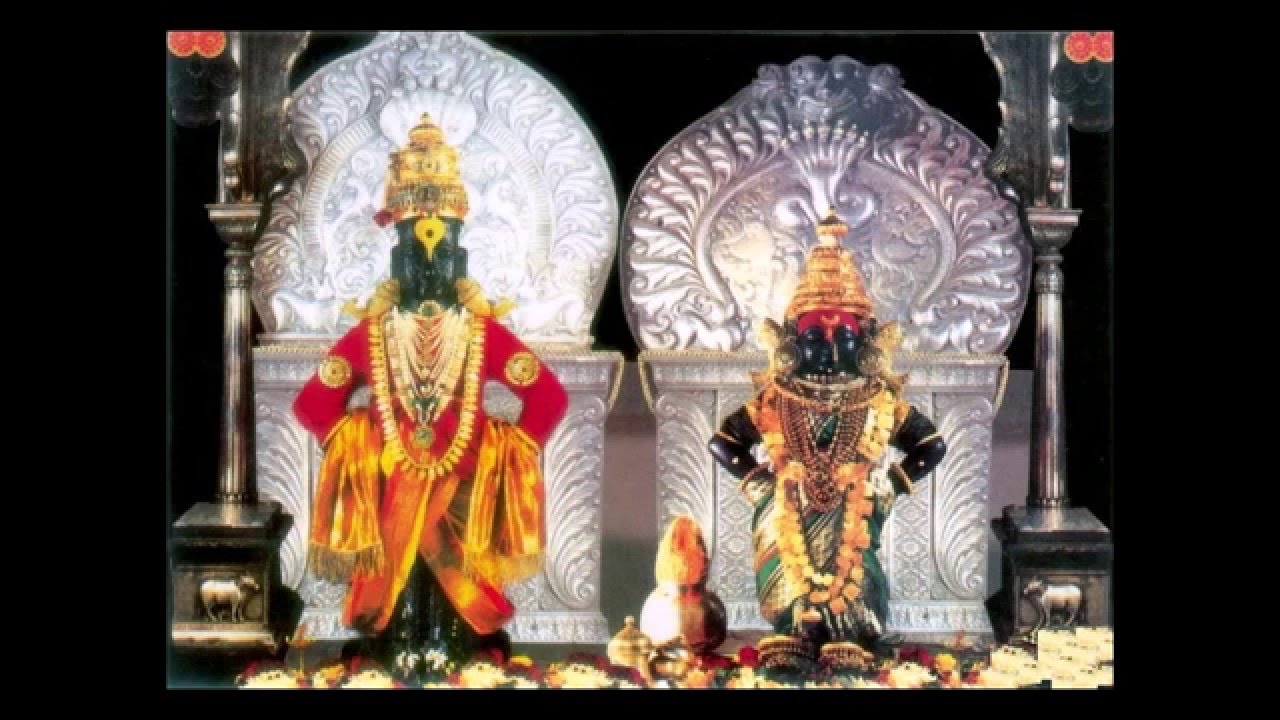
COMPOSER Kanhopatra |
|
|||||||||||||
|
Kanhopatra Marathi saint-poet, venerated by the Varkari sect of Hinduism.
According to most traditional accounts, Kanhopatra was a courtesan and dancing-girl. These accounts typically concentrate on her death when she chose to surrender to the Hindu god Vithoba—the patron god of the Varkaris—rather than becoming a concubine of the Badshah (king) of Bidar. She died in the central shrine of Vithoba in Pandharpur. She is the only person whose samadhi (mausoleum) is within the precincts of the temple.
Kanhopatra wrote Marathi ovi and abhanga poetry telling of her devotion to Vithoba and her struggle to balance her piety with her profession. In her poetry, she implores Vithoba to be her saviour and release her from the clutches of her profession. About thirty of her abhangas have survived, and continue to be sung today. She is the only female Varkari saint to have attained sainthood based solely on her devotion, without the support of any guru, male Varkari saint, or parampara (tradition or lineage).
Several historians have attempted to establish the dates of Kanhopatra's life and death. One estimate places her life circa 1428 CE by relating her to a Bahamani king of Bidar who is often associated with the Kanhopatra story—although in most accounts, that king is never explicitly named. Pawar estimates that she died in 1480. Others suggest dates of 1448, 1468 or 1470, or simply say that she lived in the 15th century—or in rare instances, the 13th or 16th century. According to Zelliot, she was a contemporary of saint-poets Chokhamela (14th century) and Namadeva (c.1270-c.1350).
Kanhopatra is believed to have composed many abhangas, but most were not in written form: only thirty of her abhangas or ovis survive today. Twenty-three verses of her poems are included in the anthology of Varkari saints called Sakal sant-gatha. Most of these verses are autobiographical, with an element of pathos. Her style is described as unadorned by poetic devices, easy to understand, and with a simplicity of expression. According to Deshpande, Kanhopatra's poetry reflects the "awakening of the downtrodden" and the rise of female creative expression, ignited by the sense of gender equality enforced by the Varkari tradition.
Kanhopatra's abhangas frequently portray her struggle between her profession and her devotion to Vithoba, the patron deity of the Varkaris. She presents herself as a woman deeply devoted to Vithoba, and pleads for him to save her from the unbearable bondage of her profession. Kanhopatra speaks of her humiliation and her banishment from society owing to her profession and social stature. She expresses disgust for the society which adored her as an object of beauty rather than as a human being, and abhorred her for profession. She describes how she has been the object of lustful thoughts. She worries that she was beyond the "scope of God's love". In Nako Devaraya Anta Aata—believed to be the last abhanga of her life—unable to bear the thought of separation from her Lord, Kanhopatra begs Vithoba to end her misery. In the abhanga Patita tu pavanahe, she acknowledges her Lord as the saviour of the fallen and asks him to save her as well.
|
||||||||||||||





